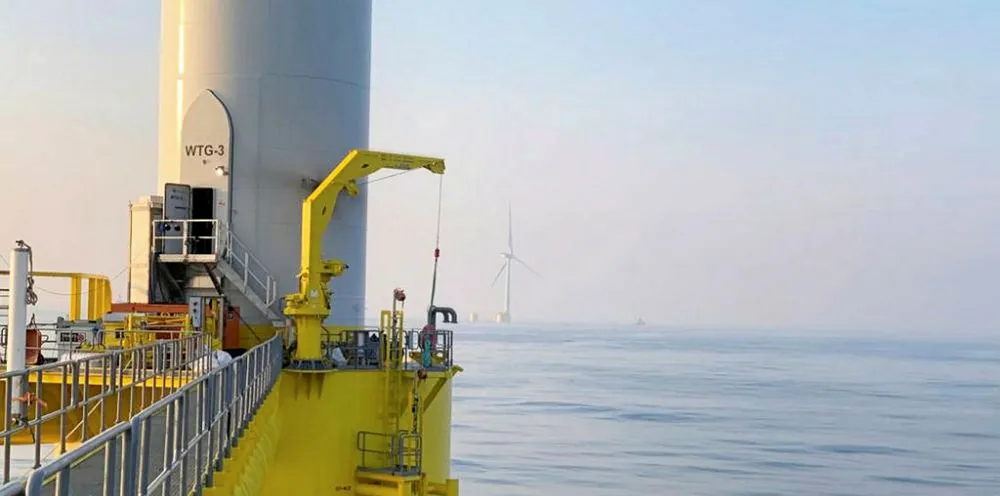Power flows from mainland Europe's maiden floating wind array
First of three platforms at 25MW WindFloat Atlantic off Portugal grid-connected on last day of 2019

First of three platforms at 25MW WindFloat Atlantic off Portugal grid-connected on last day of 2019
